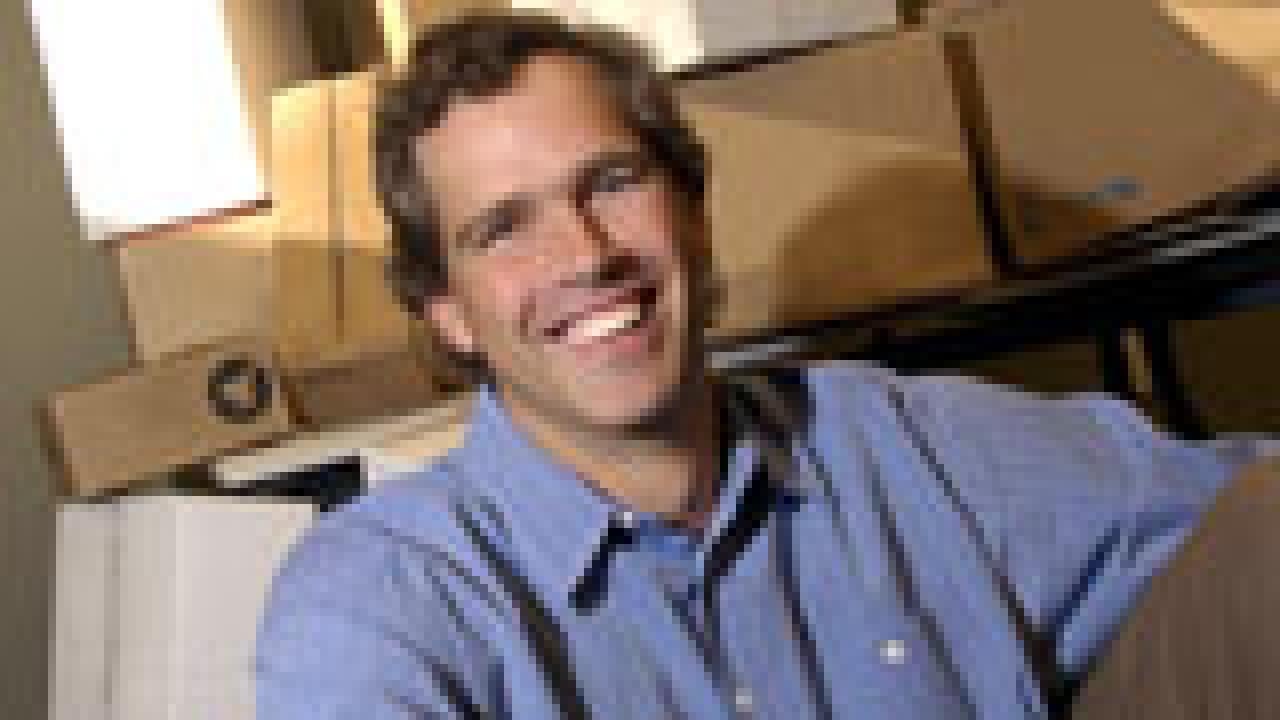Managers challenge their staff to "think outside the box" in search of innovative solutions, but a professor of organizational behavior at UC Davis wants to put a lid on that kind of thinking.
The managers would do better to use strategies that bring together lots of different "boxes" or sets of experiences and encourage their staffs to discover how ideas from one realm can be used creatively in others, says Andrew Hargadon of the Graduate School of Management.
"People don't think outside of the box," says the assistant professor. "They just think in boxes that others can't see."
Innovation is not about being wacky or coming up with a brilliant idea out of the blue, Hargadon says. "It's about capturing ideas from one domain and harnessing them for use somewhere they've never been seen before."
Hargadon, who has worked as a design engineer for IDEO Product Development and Apple, studies innovation and the management of new product development.
In a paper to be published this spring in Organization Science, he and Angelo Fanelli of the University of Bologna use field studies of two design consulting firms -- IDEO of Palo Alto and Design Continuum of Boston -- to demonstrate two theories.
First, they say that that knowledge simultaneously enables and constrains innovation. While it provides the raw materials for new ideas, it limits new ideas to only those raw materials people have at hand.
And secondly, that it is experience across a variety of fields -- and not depth within any one -- that fosters innovation. The breadth creates opportunities for, and even encourages people to combine their existing knowledge in new ways.
Hargadon says the paper's findings offer practical advice for businesses wanting to innovate:
- Provide a range of experiences for employees by working in a variety of markets and with different technologies;
- Go on field trips, encourage job exchanges and hold playful design competitions;
- Hire applicants who may be novices in your field but who can bring their experiences from other industries and settings to the team; and
- Display and play with artifacts of previous projects.
Media Resources
Julia Ann Easley, General news (emphasis: business, K-12 outreach, education, law, government and student affairs), 530-752-8248, jaeasley@ucdavis.edu
Andrew Hargadon, Graduate School of Management, (530) 752-2277, abhargadon@ucdavis.edu
